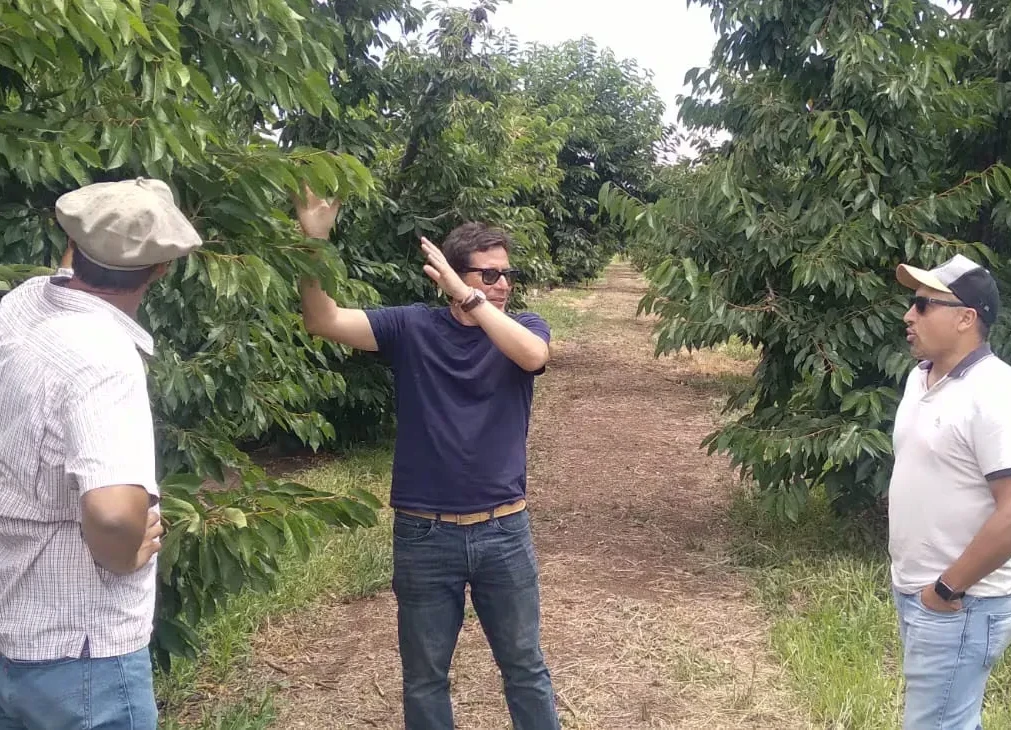Drosophila suzukii (Matsumura) (Diptera: Drosophilidae) can cause severe damage to many stone fruits and cultivated berries. The larvae feed and develop inside the fruits, which deteriorate and rot, leading to significant economic losses.
Concerns about this pest have driven research into several possible control methods.

Current control strategies
However, current main control strategies rely on the use of insecticides, some of which may pose risks to human health and the environment. Therefore, research is needed to identify safer strategies for managing this pest.
In this study, two natural compounds (kaolin, azadirachtin) and two insect growth regulators (pyriproxyfen, cyromazine) with safer ecotoxicological profiles than conventional pesticides were evaluated for the control of D. suzukii in cherries.
No-choice test results
In no-choice tests, kaolin showed a strong reduction effect on female activity, resulting in an almost complete inhibition of adult offspring production in treated cherries (96% reduction), while azadirachtin showed a smaller and non-significant effect (47% reduction).
Pyriproxyfen completely prevented immature development both in treated cherries exposed to D. suzukii females and in cherries previously exposed to females and subsequently treated (100% reduction), whereas cyromazine produced only a few adult flies in both cases (reductions of 99% and 93% respectively).
Choice test results
In choice tests, the adult offspring reduction indices were 100% for kaolin, pyriproxyfen and cyromazine. In addition, residue analysis revealed that pyriproxyfen and cyromazine were present in the pulp of the treated cherries and in the exposed flies.
Kaolin, pyriproxyfen and cyromazine may be considered as options for the control of D. suzukii in cherry orchards.
Source: Ismael Sánchez-Ramos, Pilar Sandín-España, Miguelina Mateo-Miranda, Cristina E Fernández, Manuel González-Núñez, Laboratory evaluation of natural compounds and insect growth regulators against the spotted wing drosophila Drosophila suzukii (Diptera: Drosophilidae) in cherries, Journal of Economic Entomology, 2025; toaf285, https://doi.org/10.1093/jee/toaf285
Image source: Grab.fr
Cherry Times – All rights reserved













